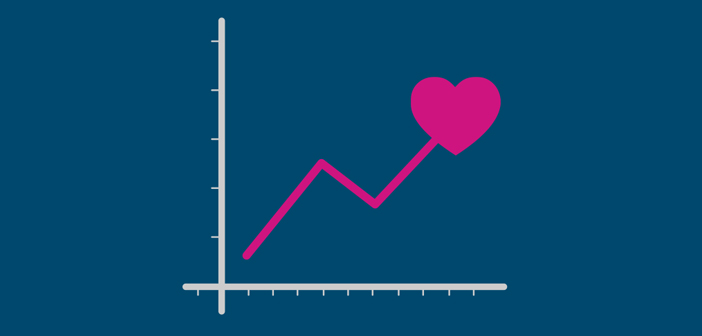By Bharat (Bruce) Patel, AAHOA Chairman (2016-2017)
Four years ago, in an interview with USA Today, then-Carlson COO Thorsten Kirschke made an offhand prediction on hotel loyalty. “[O]ver the next five years,” he said, “[the industry will see]a whole evolution of loyalty programs, picking up good ideas from, believe it or not, banks and different industries altogether.”
Kirschke’s prediction hit the bullseye. As hoteliers now know, 2016 was dominated by direct-booking drives, more streamlined brand websites, and – of course – retooled loyalty programs. Last April, Marriott CEO Arne Sorenson called those programs “the most important thing for [hotels]to succeed at.” In the months following his comments, more than half a dozen of the industry’s major brands gave their loyalty program a full makeover, offering everything from immediate points redemption to Amazon.com gift cards, borrowing from successful programs in the airline and retail industries.
Choice Hotels, for example, was among the first to recognize that modern travelers prefer instant gratification over gradually accumulating enough loyalty points for a major reward. According to Choice COO Pat Pacious, Choice Privileges membership now stands north of 30 million. Other brands, like Hilton, eliminated barriers to meaningful program participation and adopted a more inclusive attitude toward membership. “We want [Hilton’s rewards program] Honors to appeal to all travelers,” says Hilton CEO Chris Nassetta.
But the brands are motivated by more than just increased guest engagement. The best loyalty programs certainly make for happy customers, but they also collect valuable guest data. And while remembering a pillow or breakfast preference may persuade a guest to book another stay, the real value, according to Roy Saunderson, chief learning officer at Rideau’s Recognition Management Institute, lies in going “from data collection to predictive analytics.”
A practice traditionally associated with the retail industry (particularly grocery stores, like Kroger), collecting guest data gives hotels the opportunity not only to further personalize a stay, but also to make informed generalizations on specific demographic groups. The ability to predict what a particular group of guests will generally want in a hotel stay with reasonable accuracy virtually guarantees a positive guest experience, which leads to even greater guest loyalty.
Another motivating factor behind beefed-up perks is the growing need to compete more effectively with OTAs. Even the largest brands lack the marketing bandwidth to level the playing field with the likes of Expedia and Priceline, but loyalty programs offer a chance of not just a lower price, but a better and more personalized experience.
“There’s no question that a loyalty program is the most effective tool we have to defend ourselves against OTAs,” asserts David Kong, Best Western Hotels & Resorts CEO. “[T]he one problem we haven’t been able to solve… is that distribution costs keep rising, and there’s no end in sight.”
2017 promises to be an exciting year for hotel owners. As an industry, we are redefining the guest experience and rethinking what “customer service” means, particularly with the full advent of the mobile age. I encourage you to be proactive, not only in staying ahead of the competition in terms of price and amenities, but in discovering what your guests want and finding creative ways to consistently deliver it.




